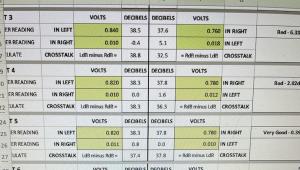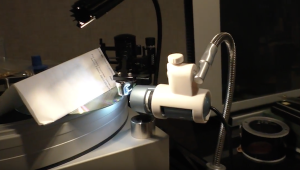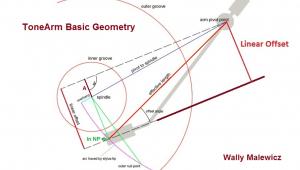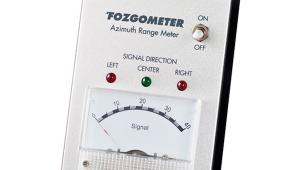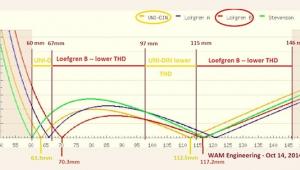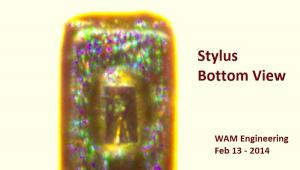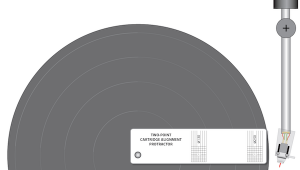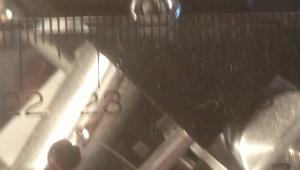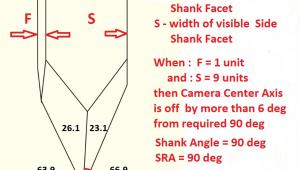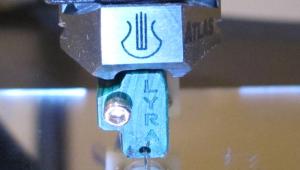Have We Opened a Digital Can of Worms?
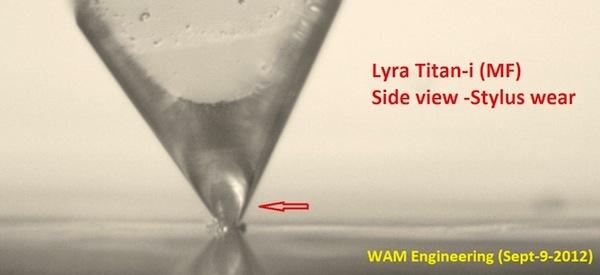
One website claims that the recommendation "takes us back to the dark ages" of turntable set up.
Lyra's Jonathan Carr sent me an email telling me of an exchange with a Kleos owner that has created major issues.
First, the website claiming USB microscopy "takes us back to the dark ages," makes the claim in an ornate story using a large model of a stylus and showing that unless you view the stylus precisely from the side, you will get an incorrect measurement.
Well, guess what? No instrumentation, no measurement technique will produced accurate reliable results if you don't do it correctly. No big news! It is essential that if you do use a microscope, that you get a perfect side view, or yes, you will not get an accurate measurement. Does that really need to be spelled out?
Do it correctly or don't do it! And as we said in the original story, when you use the software to measure, there is a degree of subjectivity to drawing the lines, so draw them a few times and produced an average. Get it close to 92 degree and then, yes finalize by listening if you're not satisfied with the results—just as you should set VTF by ear within the recommended range.
As for Carr's issue. A Kleos owner had bought a USB microscope and found that he had to lower the back of the arm so far to get 92 degrees that the "washi" paper that's attached to the underside of all Lyra cartridges was rubbing on the record.
Now, first of all, unless the stylus/cantilever assembly was way out of whack to begin with, and I mean way out, I suspect the user was either not using the microscope correctly or he didn't understand what he was looking at.
So what did he do? Despite the instructions warning NOT to remove the "washi" paper under any circumstances because it will void the warranty (when the cartridge is tuned, the washi paper "locks" everything in place), the buyer removed the "washi" paper! And now the cartridge doesn't sound so good.
The cartridge needs to go back to Lyra in Japan. Do you think the owner should be charged for the repair? I do. Mr. Carr thinks so too. The owner will send it back but in the mean time he's asking to be send another cartridge use during the repair. Do you think that's a fair request? I don't. The end user removed the "washi" paper when the instructions were quite explicit: "do not remove the 'washi' paper"!
Now, it's true that had we not opened this digital can of worms, none of this would have happened, but do you think our advocacy is in part responsible for this mess? I don't. By the way, the photo is one Wally Malewicz took of my original Lyra Titan i after many years of use, clearly showing the wear as an oval dark spot. The shot was taken with a digital camera but of a close up made using an optical microscope.


